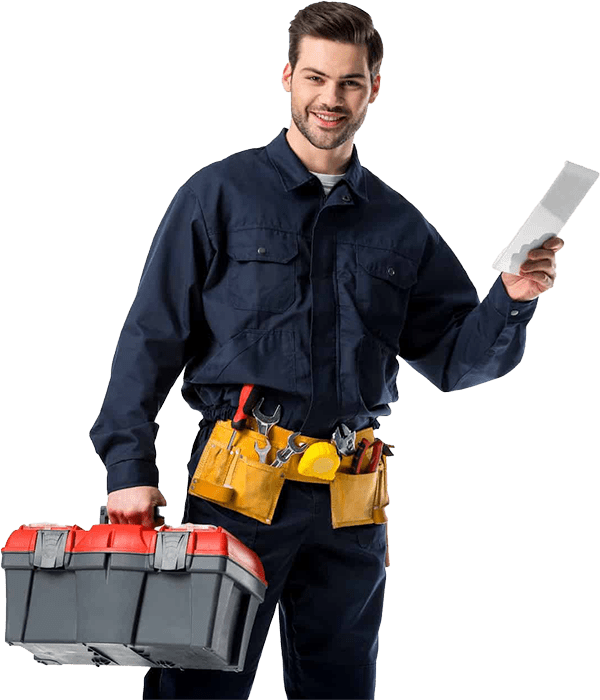Office Address
Email Address
From start to finish, we're with you every step of the way for your plumbing installation and repair needs—on time, on budget, and to your satisfaction.
There are two parallel subsystems in your plumbing system: the first one brings clean water into your house. The drainage system removes wastewater from your house. The latter in fact contains three parts - drain, waste and vent, it is therefore called the DWV system

Wastewater that is collected from various fixtures moves through the drain lines. Harmful gases are allowed to evaporate through the vent pipes which in so doing relieve pressure from the drain pipes and allow waste to flow freely. Beginning from various fixtures, drain and waste pipes slant downwards by means of gravity. The main sewer line is the wastewater’s final destination, which, in turn, carries liquid waste to a sewage facility or to a septic tank.
 Dangerous gases are not only emitted from your house by vents. A similar function is performed by an additional device known as trap. The trap is located next to each fixture and it is the curved section of the drainpipe. When a fixture is used, some of the water that flows out will flow through the trap, but an amount large enough to create a seal and block gases and odors from penetrating your home, remains within it.
Dangerous gases are not only emitted from your house by vents. A similar function is performed by an additional device known as trap. The trap is located next to each fixture and it is the curved section of the drainpipe. When a fixture is used, some of the water that flows out will flow through the trap, but an amount large enough to create a seal and block gases and odors from penetrating your home, remains within it.
 Drainpipes are mainly constructed of cast iron, plastic and, sometimes of copper. With diameters ranging between 4 and 10 cm, drainpipes are designed to be larger than water pipes in order to reduce blockages and clogs. Drainpipes in the toilet are usually 10 cm in size, shower drains have 5 cm pipes, whereas bathtub and sink drains have 4-5 cm pipes.
Drainpipes are mainly constructed of cast iron, plastic and, sometimes of copper. With diameters ranging between 4 and 10 cm, drainpipes are designed to be larger than water pipes in order to reduce blockages and clogs. Drainpipes in the toilet are usually 10 cm in size, shower drains have 5 cm pipes, whereas bathtub and sink drains have 4-5 cm pipes.
 Unfortunately, drain clogs occur regardless of the drain size. Try removing the cause of the clog by opening the trap’s clean-out valve and pulling out whatever is in it.
Unfortunately, drain clogs occur regardless of the drain size. Try removing the cause of the clog by opening the trap’s clean-out valve and pulling out whatever is in it.
It is important to include clean-out valves in all the waste lines, which can be used by expert Chicago IL plumbers to clean out the pipes when needed. A persistent clog needs the tools that your plumber can employ to clear it, and you would be well advised to ask him to do so.
Plungers, types of augers such as plumber’s snakes and toilet augers, and sewer tapes are standard tools used for clearing clogged drains. Your Chicago plumber can clean your drains regularly to prevent clogs.
For more drain cleaning tips and information on drains contact your Chicago IL plumber.

Whether you're looking for a simple repair or a complete plumbing system upgrade, we're here to help.